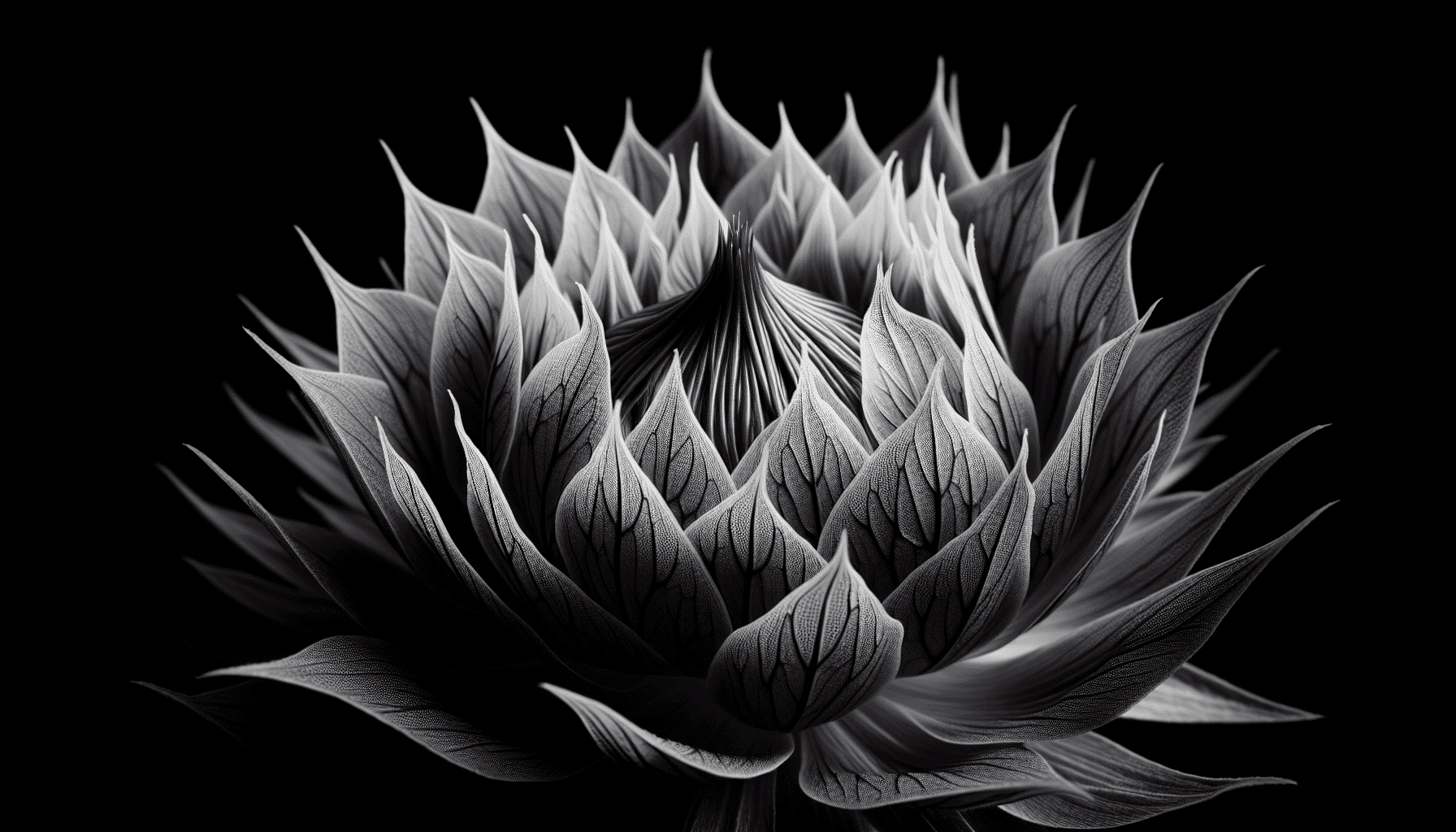Macro photography opens up an enchanting world that often goes unnoticed by the human eye. By delving into this specialized field, photographers can capture the minute details of everyday objects, bringing to life the textures, patterns, and colors that are invisible at a glance. Exploring macro photography requires not only technical skill but also a keen eye for detail and creativity.
At its core, macro photography is characterized by capturing images at a 1:1 magnification ratio or greater, where the subject appears life-sized or larger in the photograph. This allows photographers to explore a microcosm of untapped beauty — from the delicate structure of a flower's petal to the intricate design of a butterfly's wing. It's a field that transforms the mundane into the extraordinary, revealing a fresh perspective on the natural world.
To start your journey into macro photography, the right equipment is crucial. A macro lens is typically the best choice, designed specifically to handle extreme close-ups with sharpness and clarity. For those just starting out, extension tubes or close-up filters can be a more affordable alternative, attaching to a regular lens to allow for closer focusing distances. Additionally, a sturdy tripod is essential to prevent camera shake, which is more pronounced at high magnifications.
Lighting plays a pivotal role in macro photography. Natural light is often preferred for its softness, but it can sometimes be inadequate for capturing fine details. In these cases, a ring flash or a small diffused light source can provide the necessary illumination without casting harsh shadows. Reflectors can also be used to manipulate light and highlight specific areas of the subject.
One of the joys of macro photography is its accessibility. Subjects are all around us — in gardens, parks, or even our own backyards. Insects, plants, water droplets, textures, and everyday objects can all serve as fascinating subjects. The key is to look beyond the obvious and to appreciate the intricacies of the smaller world. Patience and perseverance often lead to the most rewarding shots, as capturing the perfect image can require time and experimentation with angles and settings.
Composition in macro photography is equally important. The shallow depth of field characteristic of this style can create beautiful bokeh effects, isolating the subject from the background and leading the viewer's eye to the essential elements. Composing the shot involves carefully framing the subject, considering lines, shapes, and the distribution of colors to achieve a harmonious and impactful image.
Post-processing can enhance the results of macro photography, with software tools allowing for adjustments in contrast, sharpness, and color balance, further bringing out the detail and vibrancy captured in camera. However, the alterations should aim to remain true to the subject's natural beauty, preserving the authenticity of the image.
In essence, macro photography is a celebration of detail and a practice of mindfulness. It encourages us to slow down and observe the world from a different perspective. By mastering the art of capturing minute details, photographers not only expand their technical abilities but also deepen their appreciation for the hidden wonders of the world. Each image becomes a testament to the beauty that exists within the smallest of things, waiting to be discovered by those willing to look closely enough.
